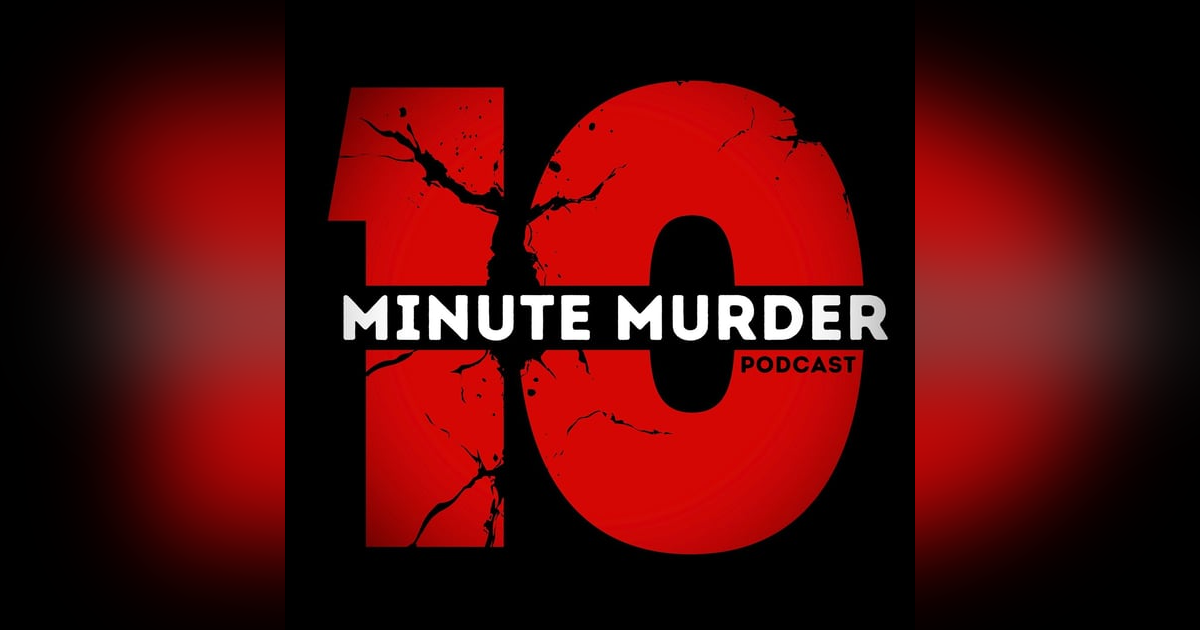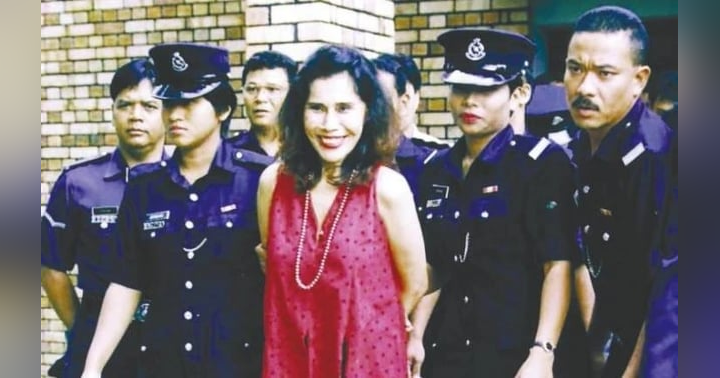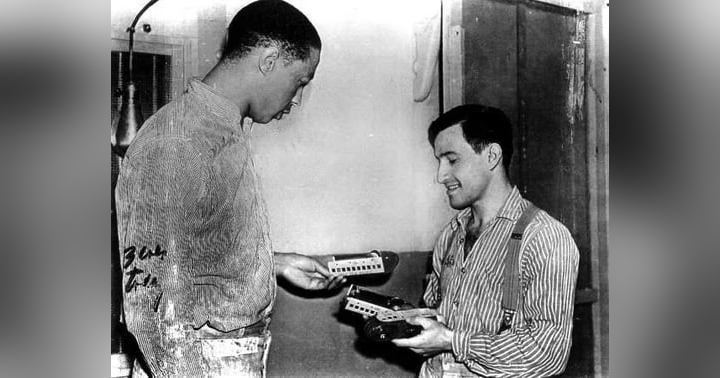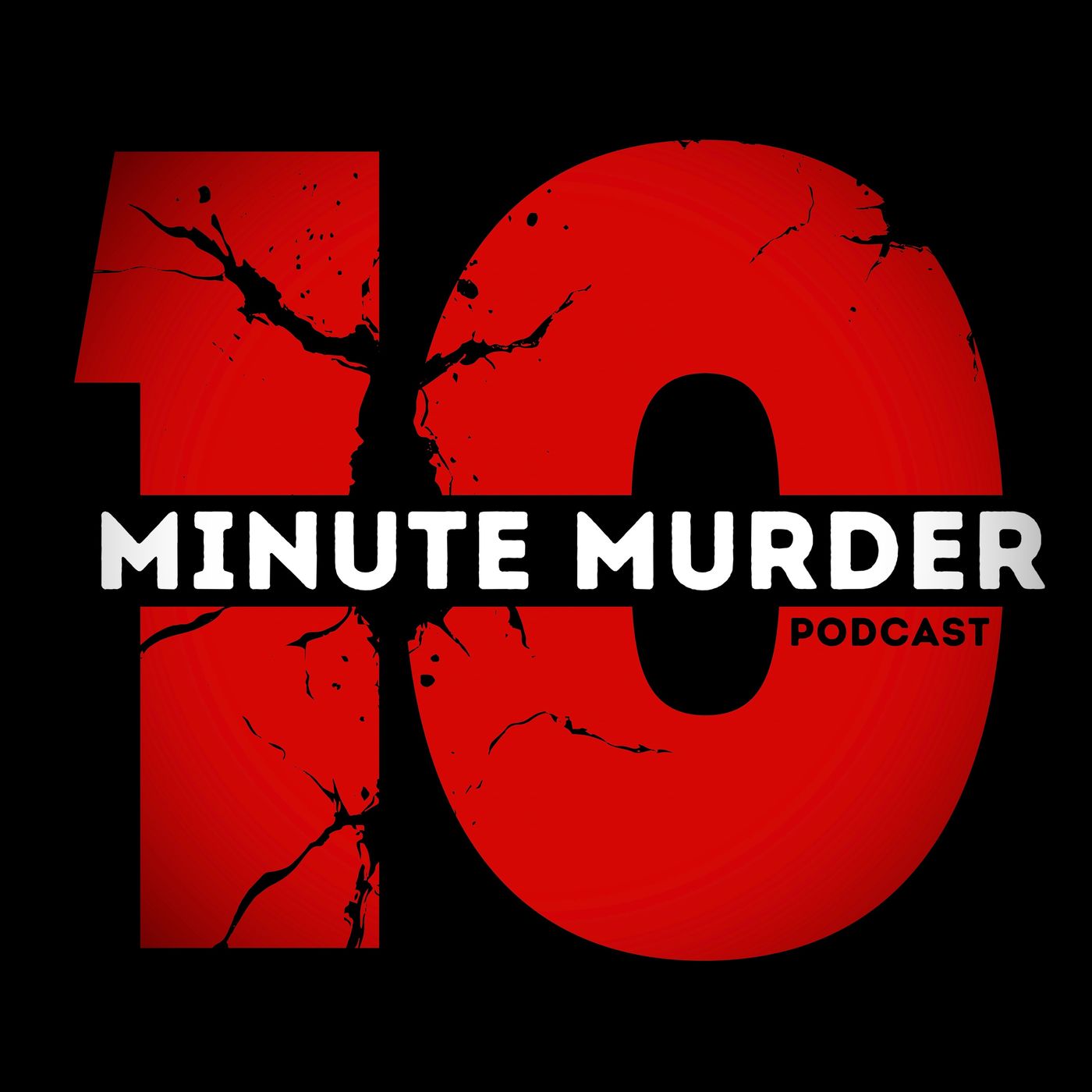Stand Your Ground or Hunt Your Target? The Trayvon Martin Case

A Name That Should Have Never Made Headlines
There’s a saying that nothing is ever black or white. That life exists in the gray, where nuance matters. And sure, if every single moment of someone’s life was put under a microscope, most people wouldn’t walk away looking perfect.
But some people don’t get the chance to walk away at all.
Seventeen-year-old Trayvon Martin didn’t ask to be a symbol. He didn’t ask for his life, his choices, or his name to be dissected by strangers, debated by politicians, and twisted into talking points. He was a kid. A real person. And before his name became a headline, before his face was on every screen, Trayvon was just a teenager with big dreams.
A Hands-On Future
Born in Miami, Florida, in 1995, Trayvon had always been good with his hands. As a kid, he could take apart a bike and put it back together like it was nothing. It wasn’t just a hobby—it was instinct. Fixing, repairing, understanding how things worked. It was a skill that would evolve over time, shaping his plans for the future in ways no one could have predicted.
From the Field to the Skies
Like a lot of kids, Trayvon Martin had big dreams. And for a while, those dreams revolved around football. He had the skills, the teamwork, and the drive—it wasn’t hard to picture him going pro. But then something else caught his attention. Something bigger.
Aviation.
The same hands that had spent years fixing up bikes now had a new focus—airplanes. In 2009, Trayvon enrolled in a seven-week aviation program, and by the time it was over, he knew. This was it. This was his future. It didn’t matter if he was flying the planes or repairing them, he wanted to be around them.
His interest ran deep, and he put in the work to prove it. The following year, he returned to the program, this time as a volunteer, helping teach new students. He was building something for himself. He had a future.
But none of that would matter when he crossed paths with the wrong person on the wrong night.

A Future Taking Shape
After completing the aviation program, Trayvon didn’t just move on—he came back. The next year, he returned as a volunteer, helping new students learn the same skills he had just mastered. He wasn’t just passionate about aviation; he was serious about making it his future. College was next—either the University of Miami or Florida A&M. He had options, and he had a plan.
Teenage Years Aren’t Always Smooth
But no one gets through their teenage years without a few missteps. Trayvon wasn’t perfect—no teenager is. He had run-ins at school, the kind most kids rack up at some point. Showing up late, skipping class, pushing boundaries. Then came graffiti. Then, a search of his backpack turned up a marijuana pipe and a bag with residue. That last one cost him a ten-day suspension.
His mother made a decision. She sent Trayvon to live with his father in Sanford, hoping a change of environment might help him get back on track.
He wasn’t in trouble with the law. He wasn’t violent. He was just a teenager figuring things out. But none of that mattered when he met George Zimmerman.
A Normal Night That Should Have Stayed That Way
Trayvon Martin’s parents had divorced when he was five. His father remarried, then divorced again, and by 2012, he was living with his new fiancée in a gated community in Sanford, Florida. That’s where Trayvon had been sent to stay after his latest school suspension.
On the night of February 26, 2012, Trayvon’s father and his fiancée went out to dinner, leaving Trayvon and his soon-to-be stepbrother at home. At some point, Trayvon decided to walk to the local 7-Eleven for a snack. It wasn’t an unfamiliar trip—he knew the neighborhood, had spent time there before, and even played football with other kids in the area.
But this time, the walk back wouldn’t be routine. Because that night, Trayvon Martin crossed paths with a man named George Zimmerman.
Who Was George Zimmerman?
Born in Virginia in 1983, George Zimmerman was raised in a strict household. His father was a former military man who spent 22 years in the U.S. Army. When he wasn’t enforcing discipline, religion filled the gaps—George grew up in a devoutly Catholic home, serving as an altar boy from age seven to seventeen. He had structure. He had rules. And for most of his early life, he seemed to follow them.
At fourteen, he joined the Junior Reserve Officers Training Corps with plans to become a Marine. By fifteen, he was working three part-time jobs to buy his first car. On paper, his early years suggested someone with ambition, drive, and a clear path forward—much like Trayvon.
But somewhere along the way, something changed. George Zimmerman had a plan for his life. And then, he lost control of it.

A Detour Into Trouble
George Zimmerman had once envisioned a future in the military. But after high school, instead of enlisting, he moved to Florida and took a job selling insurance. That alone wasn’t a red flag—plenty of people take different paths than they originally planned. But at some point, things started to shift.
His first arrest came when he allegedly assaulted an undercover police officer who was in the process of arresting one of George’s friends. The charges were dropped in exchange for him completing an alcohol education program, but a month later, he was back in legal trouble. This time, his former fiancée filed a restraining order, alleging he had been physically abusive.
It wouldn’t be the last time his name would come up in connection to domestic violence. But back then, people around him weren’t putting the pieces together yet.
Trying to Rebuild—or Reinvent?
A few years later, George married a woman named Shellie Dean and moved to Twin Lakes, the same gated community where Trayvon Martin’s father lived. He took jobs at a car dealership and a mortgage audit firm, but at night, he was pursuing something different—an associate degree in criminal justice.
It looked like he was trying to realign his life, maybe even work his way toward law enforcement. And to make that happen, he became the self-appointed head of his neighborhood watch.
That decision would change everything.
Two Minutes That Changed Everything
On the night of February 26, 2012, Trayvon Martin was walking home from 7-Eleven. A trip for snacks, a normal night—nothing out of the ordinary. Except for one thing.
George Zimmerman was out patrolling the neighborhood.
Trayvon was on the phone with his girlfriend when he realized he was being followed. Zimmerman was also on a call, reporting a “suspicious person.” The dispatcher told him not to approach. He did anyway.
What happened next played out in less than two minutes. A confrontation. A struggle. A gunshot.
By the time police arrived, Trayvon Martin was dead.
He had no weapon. He had a bag of Skittles and a can of Arizona Iced Tea. Zimmerman, on the other hand, had injuries—black eyes, a broken nose, cuts on the back of his head. He claimed self-defense. He said he had no choice. After five hours of questioning, he was released without charges.
But the case wasn’t closed—not by a long shot.
Listen to the full 911 call made by George Zimmerman here: https://youtu.be/lrrkO_JKMOU


A Nation Reacts
Word spread. Protests erupted. Thousands demanded justice for Trayvon Martin, and when the 911 calls were made public, the outrage only grew.
In one recording, the dispatcher clearly told Zimmerman to stay in his car. He ignored it. In another, a voice—believed to be Trayvon’s—can be heard screaming for help before the fatal shot.
Public pressure worked. Six weeks later, Zimmerman was charged with second-degree murder.
At trial, he leaned on Florida’s stand-your-ground law—a controversial policy that allows the use of lethal force if a person feels threatened. The jury bought it. Zimmerman walked.
People were furious, but legally, it was over.
Zimmerman’s Life After the Trial
For a brief moment, Zimmerman was seen as a hero in certain circles. Just four days after his acquittal, he made headlines again—this time for pulling a family from a crashed SUV. Some saw it as redemption. Others saw it as convenient timing.
But whatever goodwill he gained didn’t last long.
Months later, his estranged wife called 911, claiming he assaulted her father and threatened her with a gun. The case didn’t stick. Then, another woman accused him of holding her at gunpoint. Another charge dropped. Then came the domestic assault case, where he allegedly threw a wine bottle at a woman.
And then there was the road rage incident.
A man named Matthew Apperson called the police, reporting that Zimmerman had followed and threatened him. Apperson later confronted him, allegedly saying, “You don’t know you were wrong for killing that little Black boy?” Zimmerman retaliated by stalking him. Months later, Apperson fired a shot at Zimmerman’s truck, narrowly missing him. Zimmerman survived. Apperson was convicted of attempted murder.
A New Chapter—With a Familiar Pattern
In the years that followed, Zimmerman found a new way to make money—selling paintings online. His first piece? An American flag, which sold for over $100,000.
But then came another controversy.
Turns out, his “original” artwork wasn’t so original. He had been copying other people’s work without credit, sparking yet another scandal.
The Legacy of a Man Who Won’t Disappear
More than a decade after Trayvon Martin’s death, George Zimmerman continues to surface in the public eye—not because he’s changed, but because he hasn’t. From lawsuits to public appearances, to selling the gun he used to kill Trayvon, Zimmerman seems less interested in staying quiet and more focused on doubling down.
He’s become a symbol—not of self-defense, but of what happens when accountability slips through the cracks. And for a lot of people, he represents a justice system that doesn’t always live up to its name.
Trayvon Martin was 17. He had no weapon, no criminal record, and no idea that walking home with a bag of Skittles could end his life. Zimmerman walks free, with a platform, and a price tag on his notoriety.
And while the courtroom chapter of this case may be closed, the conversation around it—about race, justice, and who gets to claim fear as a defense—is still very much open.















